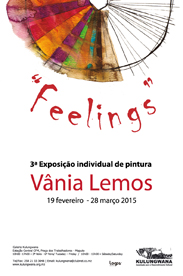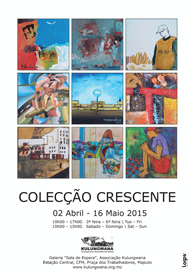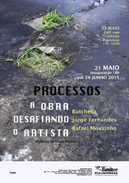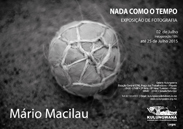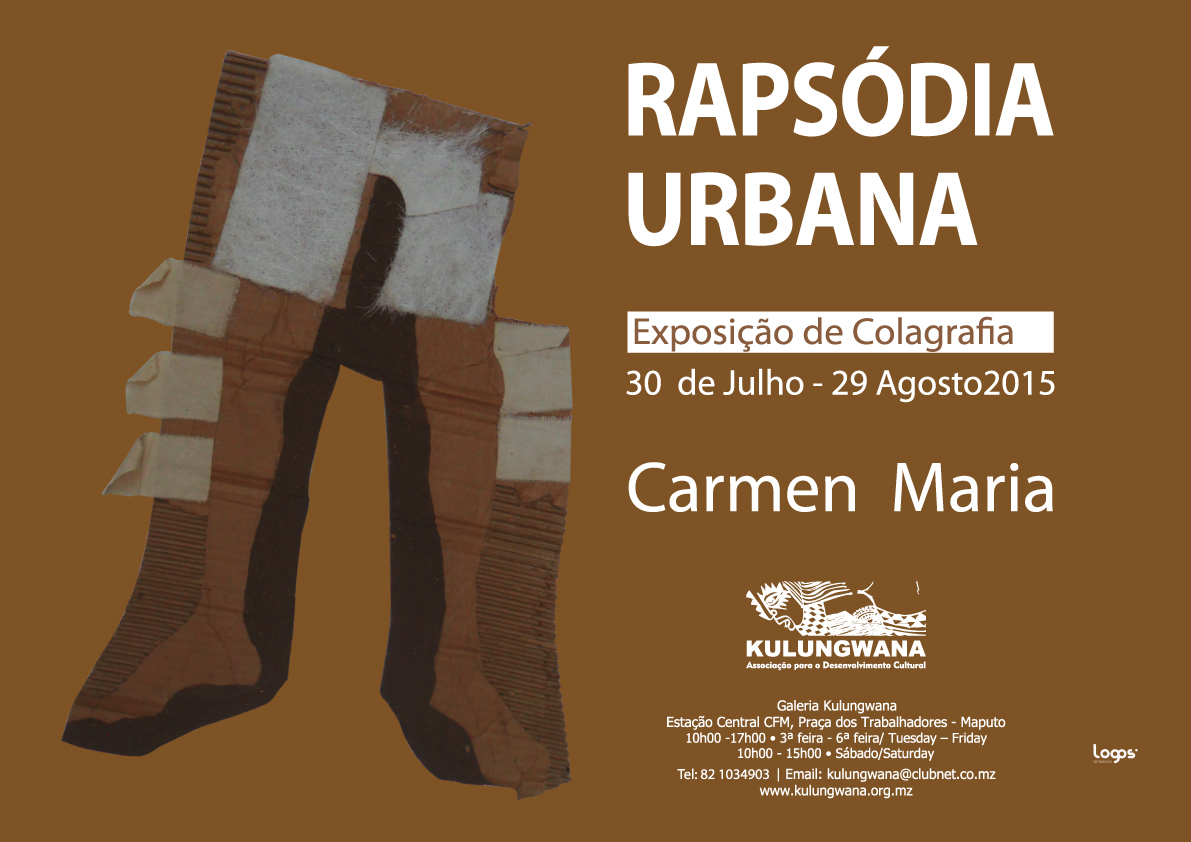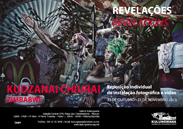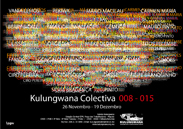2015
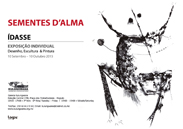
Sementes D'Alma (Seeds of the Soul), solo exhibition by the artist Idasse, opens on 10 September at 18.00, at Kulungwana Association's Sala de Espera gallery.
This show, curated by Ciro Pereira, comprises a total of 17 works, including drawings, paintings and sculpture, in a variety of materials and media.
While focussing on graphite on paper drawings, this collection also includes some works using other techniques, that give us a view of the varied and already broad range of the work of the artist.
In addition to containing reproductions of the works in this exhibition, the catalogue also provides biographical details about the artist, texts by António Cabrita, Calane da Silva and Marcelo Panguana, some extracts from which follow below:
In the case of Ídasse, the artist seems, in his characteristic and tremendous power of expression, to want to illuminate the shapes of a bestiary of beings that is impossible to catalogue and which are certainly supernatural, as though creating a spiritual flock based on totems and gods.
António Cabrita
(…) by also pursuing sculpture, shaping wood, iron or clay, sometimes all these elements in a single work. But this is also a small, indicative showcase of the larger life exhibition that is under preparation for 2016.
Calane da Silva
Ídasse re-emerges now from silence, from the haughty distance he maintained far from the limelight. He re-appears undoubtedly mature, but surprisingly magical, innovative and seductive, a visionary of our times.
Marcelo Panguana
The exhibition will be open until 10 October of the present year.
Biographical notes
Ídasse Ekson Malendza was born in the Infulene Valley in Maputo, in 1955. He is one of the producers of art, on the road to identifying with the arts in Mozambique. He draws and works in painting, ceramics and sculpture. He also ventures into the installation of large-scale panels.
His teachers were Manuela Sena, João Paulo and António Bronze. In 1979 he took a course as a promoter of arts at the Cultural Studies Centre with Malangatana and Domingos Manhiça, where he had some training in anthropology, history, of modern art and African art, music, photography, theatre, painting, ceramics, design and wood engraving. Under the guidance of António Quadros, he completed a course in Graphic Communication.
From 1982 he became immersed completely in the visual arts. He worked at the National Film Institute, where he created the Art Department. He joined the “Charrua” (plough) art movement . He is a members of the “Núcleo de Arte”, the Mozambican Photography Association, the Mozambican Writers Association and the “Inhabitants of Design” Movement.
The work of Ídasse is found in many collections in Mozambique and in such countries as Nigeria, South Africa, France, Portugal, Spain, USA, Italy, Denmark, Japan, Austria, Sweden and Brazil.
In the course of his career, Ídasse has participated in over a hundred exhibitions, has been part of many juries and curated several shows. He has also participated in several workshops and has been artist in residence on various occasions in Mozambique and abroad.
Click here for more on the artist.

